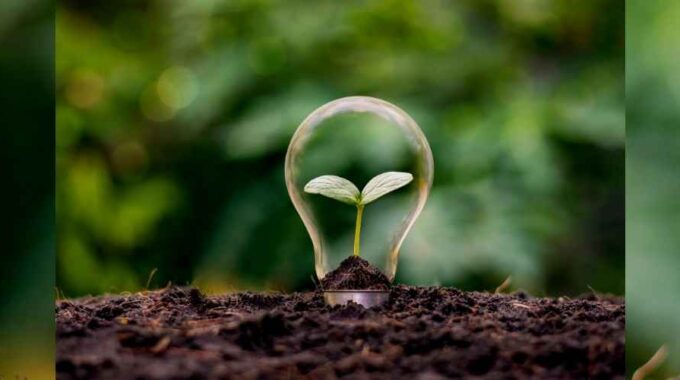By Jason Giovannettone, Director of Climate and Sustainability for the Sisters of Mercy In the…
Green Tips #2 – Choosing Canned Water for a More Sustainable Future
Last month Mercy Education launched Green Tips, a monthly series featuring insights from Jason Giovannettone, Director of Climate & Sustainability for the Sisters of Mercy of the Americas. This series will offer practical, actionable advice to help our schools embrace more eco-friendly practices, aligning with our commitment to the Mercy Critical Concern for Earth.
Although it is often recommended from a sustainability perspective to minimize the consumption of single-use plastics, or any type of single-use packaging, there are situations in which they can fulfill a critical need, particularly for schools. For example, schools typically purchase bottled water for emergency preparedness, hospitality for visitors, school events (e.g., open houses and Grandparents’ Day), and often as an option in vending machines on campus. One alternative form of packaging that could be used to serve these purposes is the aluminum can. A quick introduction to canned water can be found in this 2.5-minute video.
Aluminum is a great option because it is not made from fossil fuels and can be recycled any number of times without losing quality. In contrast, plastic relies heavily on fossil fuels and can only be recycled a limited number of times, each of which results in a significant reduction in quality. Though glass represents a third alternative, it requires large amounts of materials and energy during production and, due to its higher weight, causes more emissions during transportation. Recycling glass also requires more energy than aluminum and plastic.
Given the above, the recycling rate of aluminum is higher than for plastic bottles (43 percent versus 20 percent, respectively). Nearly 97 percent of recycled aluminum ending up as new cans, which is referred to as “closed-loop” recycling. Though some plastic bottles are also recycled into new bottles (34 percent), most end up in other types of products (e.g., polyester in clothing) as a lower-quality plastic, which is referred to as “open-loop” recycling. In addition, the conversion of a recycled aluminum can into a new can requires only 5 percent of the energy needed to produce a new can. This compares well with plastic and glass, which require about 66 percent and 77 percent, respectively.
Another advantage of consuming and recycling aluminum cans over plastic and glass bottles is the fact that aluminum scrap is more valuable at $1,388 per ton; in contrast, recycled plastic and glass are valued at $215 and negative $23 per ton, respectively. Therefore, by recycling aluminum you are essentially subsidizing the recycling of other materials.
One major concern with aluminum cans is that they require an inner liner to prevent metal corrosion and food contamination. These liners had commonly contained bisphenol A (BPA), which is a hazardous chemical that can lead to multiple types of health issues. As a result, there are now a number of companies that sell food and drinks, including water, in cans containing a BPA-free liner, which reduces this concern.
Another potential issue is cost. When bought in bulk, some brands of bottled water can cost as little as $0.02 to $0.04 per fluid ounce, though some do cost up to $0.09 per Fl Oz. The cost of canned water in comparison typically ranges from $0.08 to $0.14 per Fl Oz. Therefore, as with most sustainability choices related to plastic alternatives, switching to canned water will require some adjustment to your budget, especially when purchasing large quantities.
Helpful Hint
If you need to purchase packaged water, consider purchasing a brand that comes in a BPA-free aluminum can composed of a high percentage of recycled material (i.e., post-consumer waste). Examples include Open Water (75 percent; Climate Neutral certified), Blue Can (45-70 percent), RAIN (up to 100 percent), and Proud Source (75 percent).
If your school stocks water for emergency situations, consider this: aluminum cans do not break, allow a much longer shelf life (up to 50 years) than plastic bottles, and stack well for storage.
Sources: The Aluminum Association; Environmental Protection Agency (EPA)


